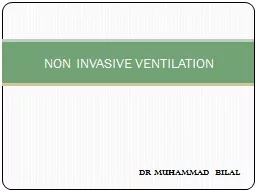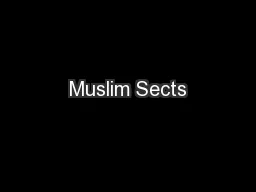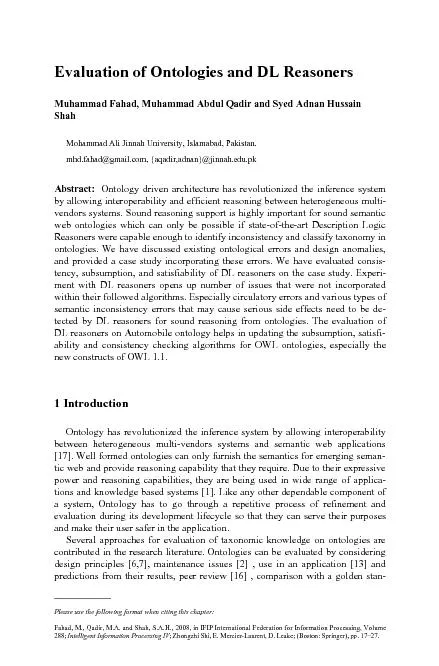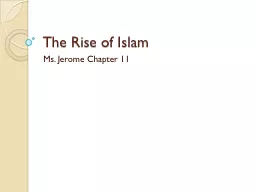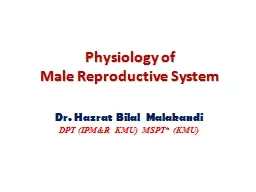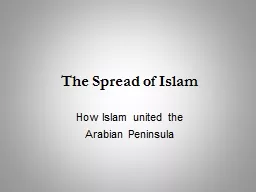PPT-DR MUHAMMAD BILAL
Author : tatiana-dople | Published Date : 2015-11-08
NON INVASIVE VENTILATION DEFINITION DELIVERY OF MECHANICAL VENTILATION TO THE LUNGS THAT DONT REQUIRE ETT OR TRACHEOSTOMY IRON LUNG PNEUMOSUIT CHEST VENTILATION
Presentation Embed Code
Download Presentation
Download Presentation The PPT/PDF document "DR MUHAMMAD BILAL" is the property of its rightful owner. Permission is granted to download and print the materials on this website for personal, non-commercial use only, and to display it on your personal computer provided you do not modify the materials and that you retain all copyright notices contained in the materials. By downloading content from our website, you accept the terms of this agreement.
DR MUHAMMAD BILAL: Transcript
Download Rules Of Document
"DR MUHAMMAD BILAL"The content belongs to its owner. You may download and print it for personal use, without modification, and keep all copyright notices. By downloading, you agree to these terms.
Related Documents

